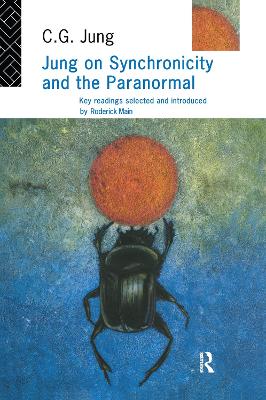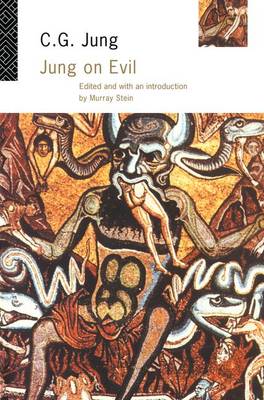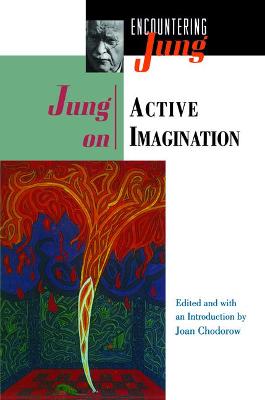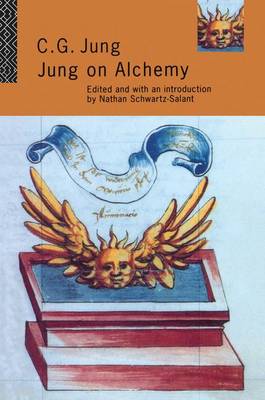Encountering Jung
3 primary works • 7 total works
Book 1
Jung's lifelong interest in the paranormal contributed significantly to the development of his influential but controversial theory of synchronicity. In this volume Roderick Main brings together a selection of Jung's writings on topics from well-known and less accessible sources to explore the close relationship between them.
In a searching introduction he addresses all the main aspects of synchronicity and clarifies the confusions and difficulties commonly experienced by readers interested in achieving a real understanding of what Jung had to say.
This book provides an excellent companion to Jung's Synchronicity: An Acausal Connecting Principle (Routledge) and reveals the full extent and range of Jung's researches into a range of psychic phenomena which are still not yet adequately explained.
Book 2
Finally, he comes to the conclusion that myth originates and functions to satisfy the psychological need for contact with the unconscious--not merely to announce the existence of the unconscious, but to let us experience it.
Book 3
Evil became a central issue for Jung as he grew older. His early investigations of the place of evil in the mental processes of the severely disturbed led him to consider the concept of evil in greater depth when exploring the role of analysis in ethical and cultural transformation.
Jung on Evil brings together his important writings on good and evil. It includes his attempts to comprehend the worst excesses of the Second World War, as well as discussions about moral choices, conscience and the continual ethical reflection that is necessary for all of us.
Leading analyst Murray Stein provides a clear and concise introduction that gives an accessible account of Jung's ideas about evil. It will be invaluable to all those interested in the problems of ethics, religion and psychology in the modern world.
Chodorow clearly presents the texts, and sets them in the proper context. She also interweaves her discussion of Jung's writings and ideas with contributions from Jungian authors and artists.
Jung realized that the fantastic images of alchemy - fire-breathing dragons, hermaphrodites, lions giving birth to the sun - are not so far from our daily lives. He made sense of such seemingly incomprehensible symbols and showed how, in fact, such images represent a usually unseen level that has immense power over how we feel, think and imagine our existence.
Nathan Schwartz-Salant, a leading Jungian analyst with a special interest in alchemy, has brought together a key selection of Jung's writings on alchemy. His lucid introduction provides a clear account of the basics of alchemy and explains to the reader Jung's ideas on alchemical studies.
Jung on Alchemy provides an excellent introduction to one of Jung's most exciting, yet most challenging, fields of study.




